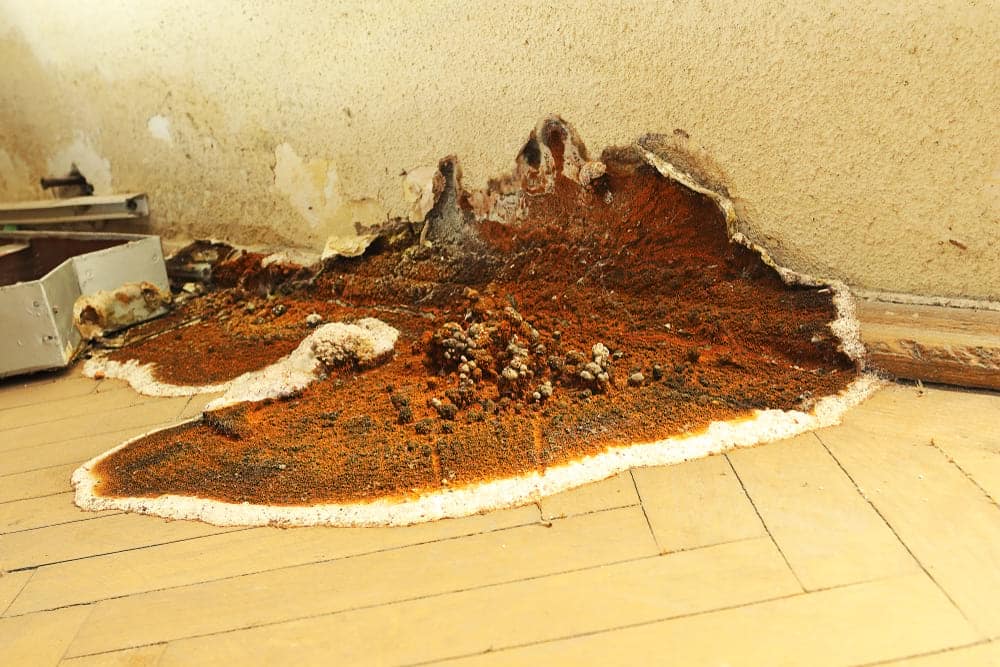You need several vital documents to sell your house.
While this might not be the most exciting part of offloading your property, it’s one of the most important.
A ‘TA6 form’ is a common example of paperwork you’ll need.
Keep reading to find out what a TA6 form is.
What is a TA6 form?
A TA6 form (also known as a Property Information Form) provides buyers with all the essential details about your house.
You fill it out just before you try to sell the property. It is one of the first documents your solicitor will give you.
You are legally required to be honest when filling it out (sellers who knowingly lie on the form can be fined). You should also give any supporting documents that are needed.
A TA6 form is necessary for all kinds of houses, i.e., not just houses in bad condition.
What’s included on TA6 forms
At the time of writing, the TA6 form covers a specific set of details. It is approximately 32 pages long.
And it covers everything you should disclose to buyers, including:
- Boundaries (and boundary-related issues)
- Neighbour disputes
- Planning permission
- Warranties
- Alterations made to the house
- Insurance
- Environmental issues (such as dangerous plants, flooding issues, etc.)
- Parking.
This list is not exhaustive. Anything that might impact your buyer’s decision to purchase the house must be included in the form.
TA6 form & TA10 forms
A TA6 form provides all the information your buyer needs about your house.
By contrast, the TA10 form focuses only on the fixtures and fittings (i.e. the items inside the property: furniture, appliances, etc.).
Is a TA6 form a legal requirement?
At the time of writing, completing a TA6 form is not technically a legal requirement.
The Law Society in the UK is keen for it to become compulsory in all house transactions from 2025 onwards, though.
It’s unclear whether this will come into effect.
Why sellers complete a TA6 form
Filling out a TA6 form might not be a legal requirement, but it has practical and ethical benefits.
Practical benefits
Almost all property experts and solicitors highly recommend filling out a TA6 form.
By not doing so, your buyers will see it as a red flag. They might think you’re hiding something and withdraw their offer.
So, not completing the form creates lots of needless back and forth between solicitors as your buyer tries to gather the information themselves.
If your buyer blames you for something wrong with the house, the TA6 is evidence of the house’s condition and issues you informed them of.
Ethical benefits
TA6’s forms enable sellers to provide buyers with transparency before a sale is completed.
It gives the buyer crucial information about a significant financial transaction.
TA6 forms are changing
The TA6 form is currently in limbo in the UK regarding whether changes will be made.
The Law Society suggested a new format to the document in early 2024. But this faced criticism from many professionals, who suggested that ‘further consultation is needed’.
The organisation now says it will put changes on hold until 2025 while it reviews the feedback. At this point, an announcement will be made about possible changes to the document.
Costs of TA6 forms
Your solicitor provides you with a TA6 form to fill out.
The charge for obtaining this is included in the fee you pay this professional once the transaction is complete.
It is a relatively inexpensive form to get hold of. You can ask a solicitor for a one-time fee quotation if you need the document without contracting their other legal services.
Filling out TA6 Forms yourself
You are completely capable of filling out your TA6 form. You may already have the answer to most of these questions.
If you have any questions on a section that you’re unsure about, speak to your solicitor.
They can help you with it. Your solicitor will then check your completed form before it’s sent to the buyer.
How long does it take to fill out a TA6 form?
It depends. As mentioned above, the document is around 32 pages at the time of writing.
You can’t rush the process of filling it out because you need to be honest about everything.
With your full attention, it can be completed within a few hours if you have all the information available.
What if I realise I’ve missed something out after completing it?
You should tell your solicitor immediately if you realise that you’ve missed something out. They can then tell your buyer’s solicitor straight away.
Consequences of lying a TA6 form
1. Court and compensation
Inaccurate Property Information Forms can lead to buyers taking sellers to court to seek compensation from them.
Misleading a buyer, whether intentional or not, could be a breach of the Misrepresentation Act.
Buyers have six years from the date they buy a property to make a claim against a seller.
This is plenty of time to discover an undeclared defect or a nuisance neighbour, for example.
The onus is on the seller to prove they did not mislead the buyer. If they can’t, the most likely outcome is that damages will be paid to the buyer.
Typical compensation costs
Damages pad by sellers are often the difference between a property’s sale amount and the value it would have been had issues in question been known.
If you consider properties with Japanese Knotweed, for example, are devalued by around 10% of a property’s total value. This could lead to some eye-watering costs.
2. Nullifying contract exchange
Another option, which is much rarer because of the impact on all those involved, is for the contract to be unwound completely.
This means going back to the point before contracts were exchanged. Essentially the seller buys their home back, while also covering the buyer’s:
- Expenses
- Legal costs
- Mortgage interest
Buyer’s can protect themselves with a survey
One way a buyer can give themselves more peace of mind is to hire a chartered surveyor to carry out a survey. They should spot potential or existing issues in a property.
Surveys are different from mortgage providers’ valuations, which assesses whether a home is worth what the provider is lending for it.
Surveys assess the condition of a home. They range from a basic condition report which gives an overview of the state of a home, right the way up to a full structural survey which details defects and potential problems, as well as suggesting repairs.
They should pick up major problems that may have been left out of the property information form. What’s more if a surveyor misses anything you can make a complaint and could be able to claim compensation.




















